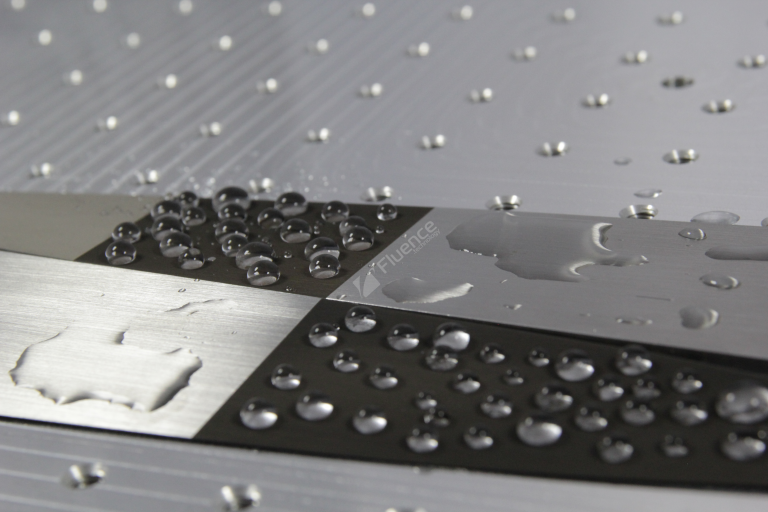 20.04.2020
20.04.2020
Can ultrafast laser help in killing microbes?
During the challenging times of Covid-19 pandemic people ask whether ultrafast laser can be used to help combat the virus? Although we are not microbes specialists, there are certain studies showing how femtosecond lasers, such as Fluence Jasper, could possibly contribute in this fight.
First, a study by Fadeeva et al. (2011)
https://pubs.acs.org/doi/abs/10.1021/la104607g
shows that a superhydrophobic microstructures on titanium surface can create antifouling properties, preventing certain bacteria strains to attach to the surface. Those superhydrophobic structures can be made with a femtosecond laser like we showed in our video:
Similar results were obtained in study by Shaikh et al. (2019)
https://lia.scitation.org/doi/abs/10.2351/1.5081106
for titanium and titanium alloys.
Different approach is taken by Cai et. al (2019)
https://www.sciencedirect.com/science/article/pii/S0924013619301347#fig0005
who joins the use of ultrafast laser generated microstructures with silver particles deposition to create antimicrobial surfaces.
Finally, it is know for copper to have antimicrobial property. Research by Zeiger et al. (2014)
https://onlinelibrary.wiley.com/doi/full/10.1002/mbo3.170
shows that surface structuring can further enhance this property.
Above studies show that although ultrafast lasers would not be used directly in killing the viruses, they can be used to create virus-unfriendly microstructures. Those special surfaces can be found very useful in manufacturing special knobs, handles, utensils, which would at least limit transfer of the disease.